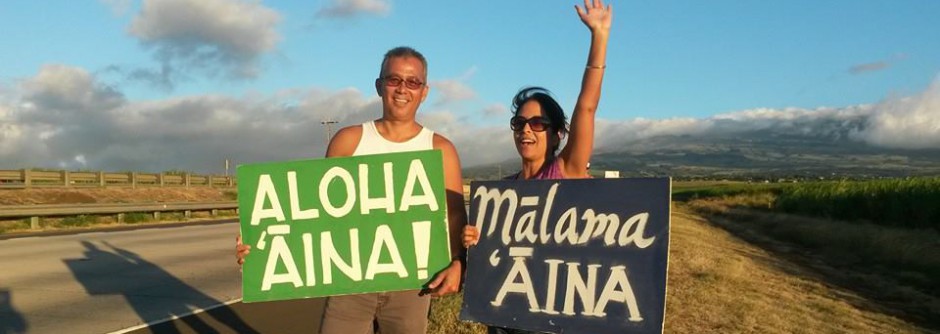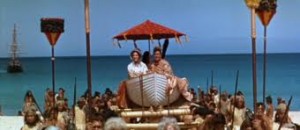After the death of Kamehameha, Liholiho ascended the throne but Kaʻahumanu had plans of her own. Read Kamakau’s account of the meeting of the aliʻi. Pay special attention to what Kaʻahumanu did.
“At the council it was agreed that Ka-ʻahu-manu, the royal guardian, should have the honor of announcing the last commands of Kamehameha to the heir, Liholiho, who was to become Kamehameha II. After the prayer by the chief kahuna asking blessings upon him, Liholiho came out dressed in great splendor wearing a suit presented him from England with a red coat trimmed with gold lace and a gold order on his breast, a feather helmet on his head and a feather cloak worn over his shoulders. He was accompanied by two chiefs as escort, one on either side, all in so dignified and orderly a manner as to occasion favorable comment in spite of the wild actions of some of the people, because the tabu was still on. He was there met by Ka-ʻahu-manu, who spoke as follows: “O heavenly one! I speak to you the commands of your grandfather. Here are the chiefs, here are the people of your ancestors; here are your guns; here are your lands. But we two shall share the rule over the land.” Liholiho consented and became ruling chief over the government. Some of the people did not like Ka-ʻahu-manu’s use of the word “grandfather” (kupunakane) instead of “father” (makuakane) when she spoke the chief’s commands before the assembly at Kamakahonu, but it was true that Kamehameha never allowed Liholiho to be called his “child” (keiki) in his presence, and always called the boy “my haku,” “my chief,” “my grandson,” “my treasure,” or “my god.”* A chief was indeed made tabu by the chief whose child he was. “
By her actions, Kaʻahumanu created a new office called Kuhina Nui – Premier/Regent.
*What questions come to mind regarding her actions?
Liholiho is most known for abolishing the ʻaikapu.
*How did it happen?
* What role did his mothers play in it?
* Who is Hewahewa?
* What motivated Kaʻahumanu, Keōpuolani, Liholiho & Hewahewa?


